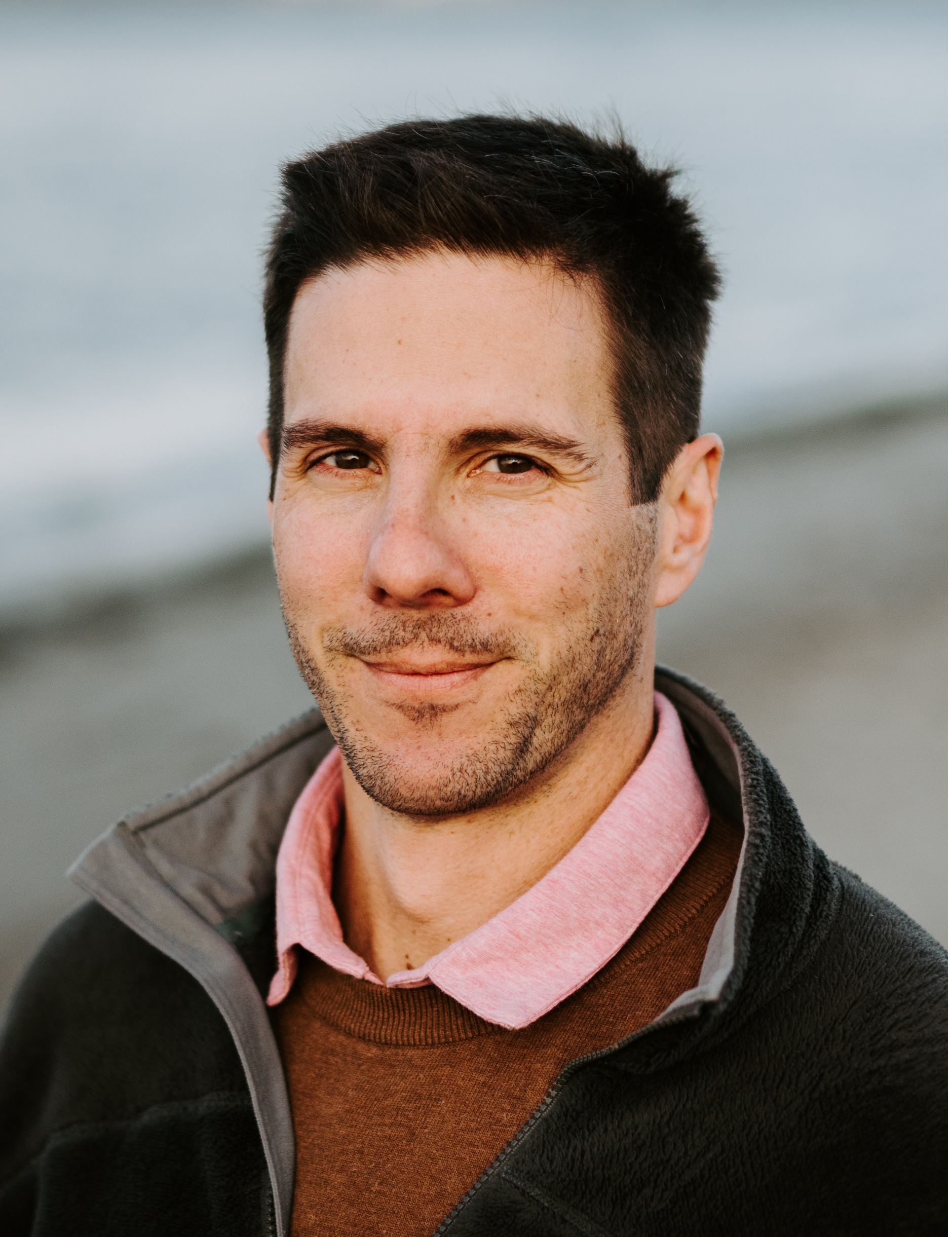Science- Grades 9-12
Science courses at Hyla are designed to foster students’ ability to think like scientists and do science, as professionals and as citizens.
- Formulate scientific questions and problems
- Develop and use models to predict, explain and understand
- Plan and carry out scientific investigations
- Analyze and interpret data
- Use mathematical and computational thinking to construct explanations of observed phenomenon and design solutions to technical problems
- Argue from evidence
- Obtain, evaluate, and communicate information
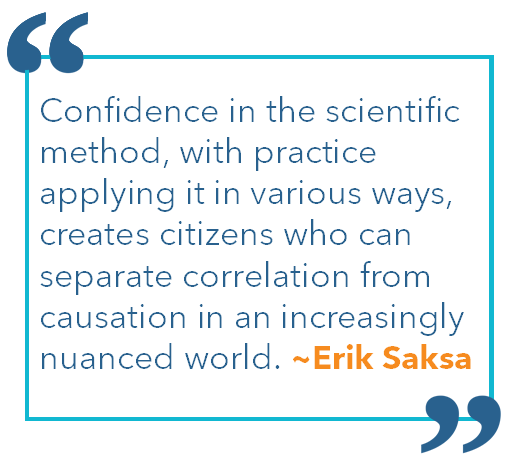
Science at Hyla involves:
- Engaging problems, demos, investigations and labs.
- Learning in collaboration rather than in competition
- Applications to real-life situations.
- Cross-disciplinary approach.
- Mistakes as opportunity for deeper learning and growth.
- Technology infused approach
Learning & assessment structure:
- Problem-based assignments: In-class & at home, done collaboratively & individually. Rich problems foster engagement and confidence.
- Experiments and demonstrations: Collaboratively & individually, based on exploration & discovery.
- Semester projects: Research real-world phenomena of personal and community relevance with a practical product.
- Tests and Exams. Summative assessments will take the form of unit tests and semester exams.
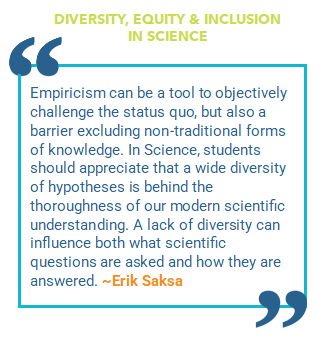
Science snapshots:
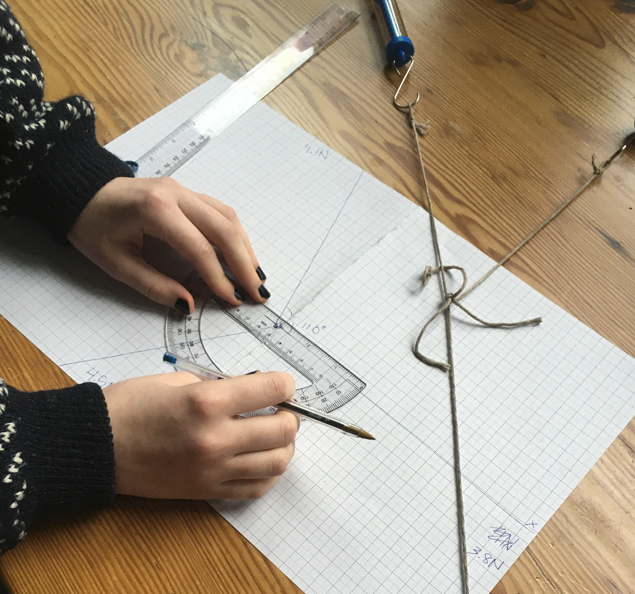
Using good-old fashioned apparatus like springs and an Atwood Machine, students investigate Hooke’s Law of elasticity in physics class to understand how gravity, tension, friction, and pulleys interact. Then using powerful sensor-ware, students are able to generate and analyze larger amounts of high-quality data.
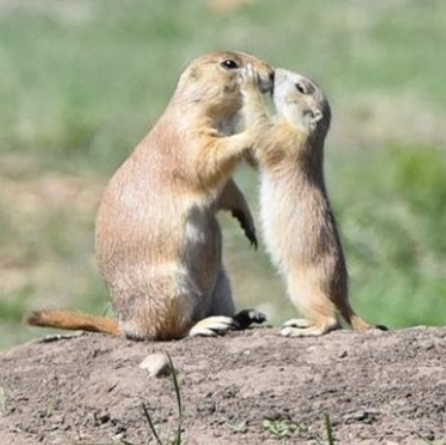
Prairie dogs in Wind Cave National Park, predators of periwinkle snails in the Salt Marshes of Georgia, and planktonic communities in temperate Argentinian wetlands – just a few of the case studies from 9th grade biology class as students investigate the interactions between species within biological communities to understand the larger framework for how those communities are structured and organized. This work equips students for their next deep dive into methods/approaches used in ecosystem restoration around the world, such as biomanipulation, bioremediation, and biological augmentation.
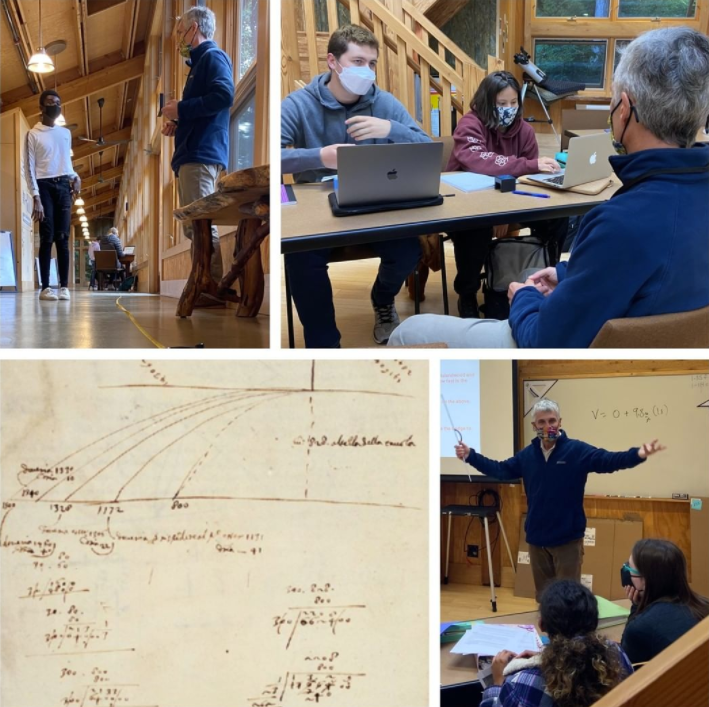
Reaction times, punch speed, and frisbee flight are great things to measure as you investigate kinematical concepts using basic apparatus and methods like meter sticks, stop watches, rolling balls, and ramps, similar to Galileo’s famous experiments. Applying new definitions and understanding – displacement, velocity, acceleration, etc. – high school students then articulate their methods to teacher Brad. This physics unit builds toward more sophisticated sensors that provide high quality data and graphs.
Science Classes
In every class taught at Hyla, students have the option to pursue the core pathway (C) or the advanced option (A). Students may also take additional science classes as Electives through Global Online Academy and One Schoolhouse.
Science 100: Ecosystem/ Cellular Biology
Science 200: Chemistry: Matter and Reactions
Science 300: Physics in Action
Science 400: Biochemistry: The Reactions of Life
MEET OUR TEACHERS
Erik Saksa
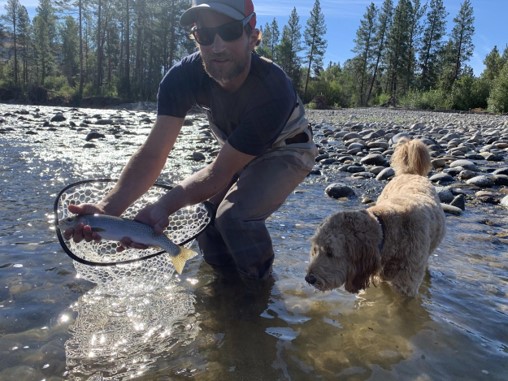
James Rufo Hill
